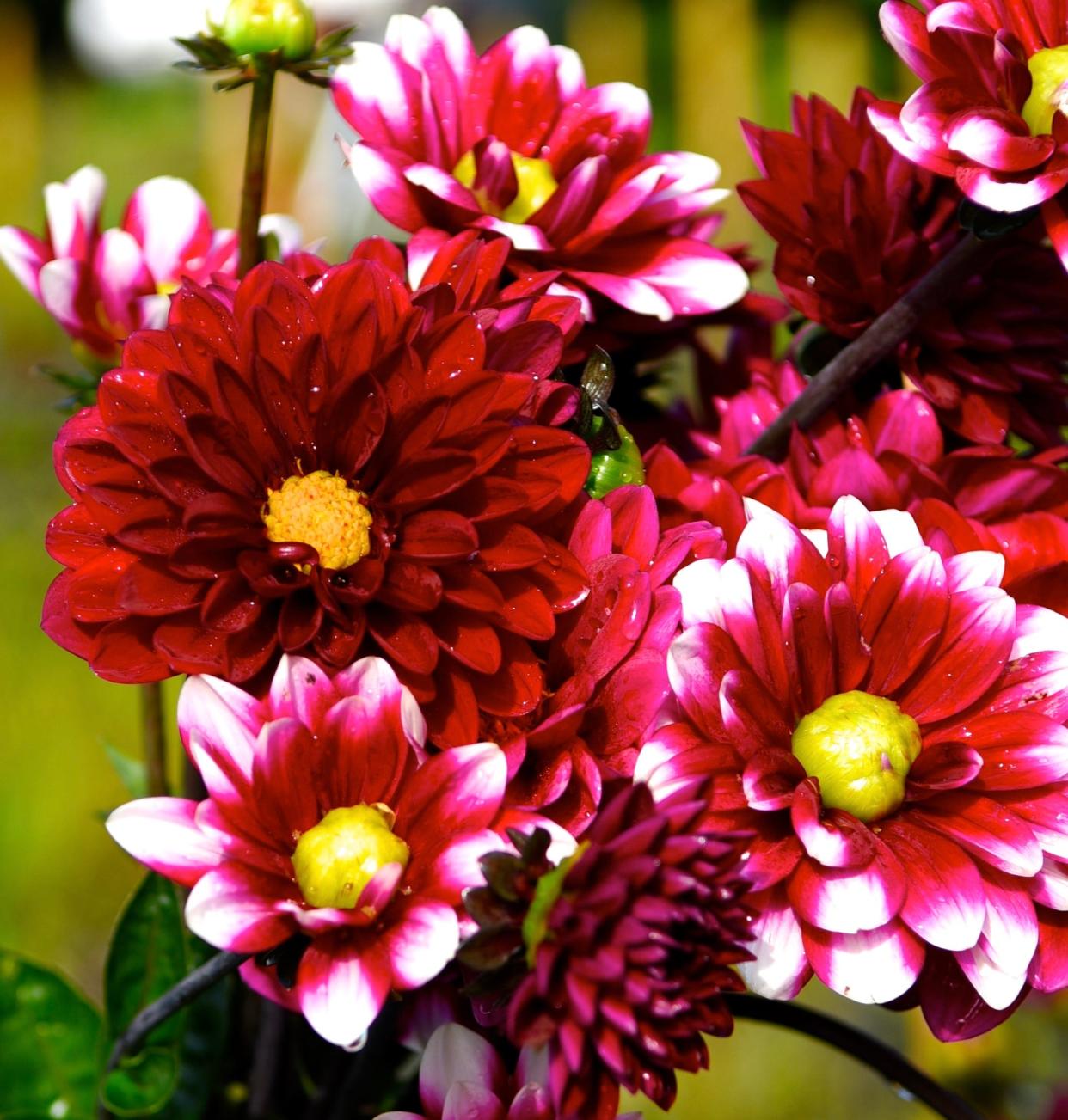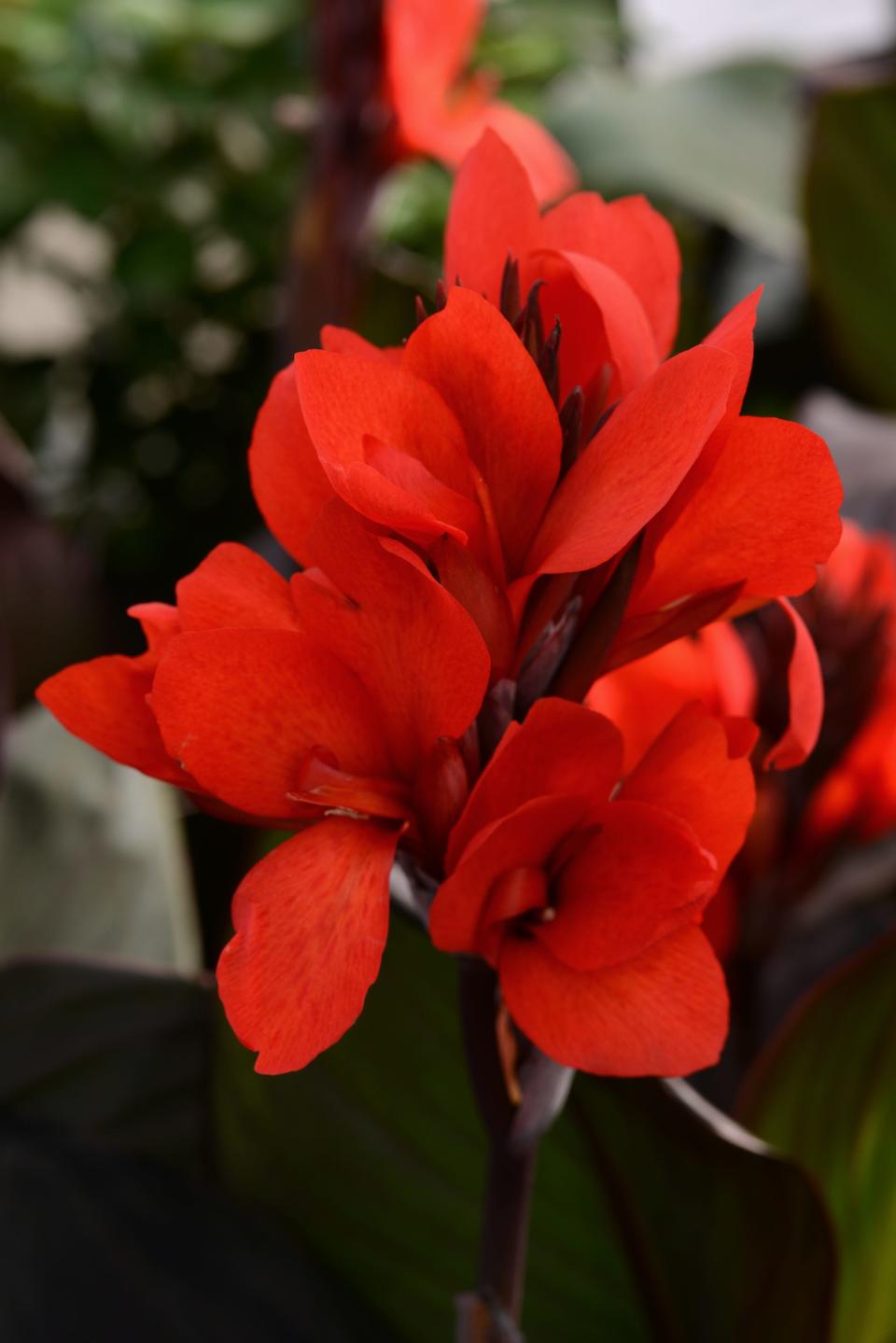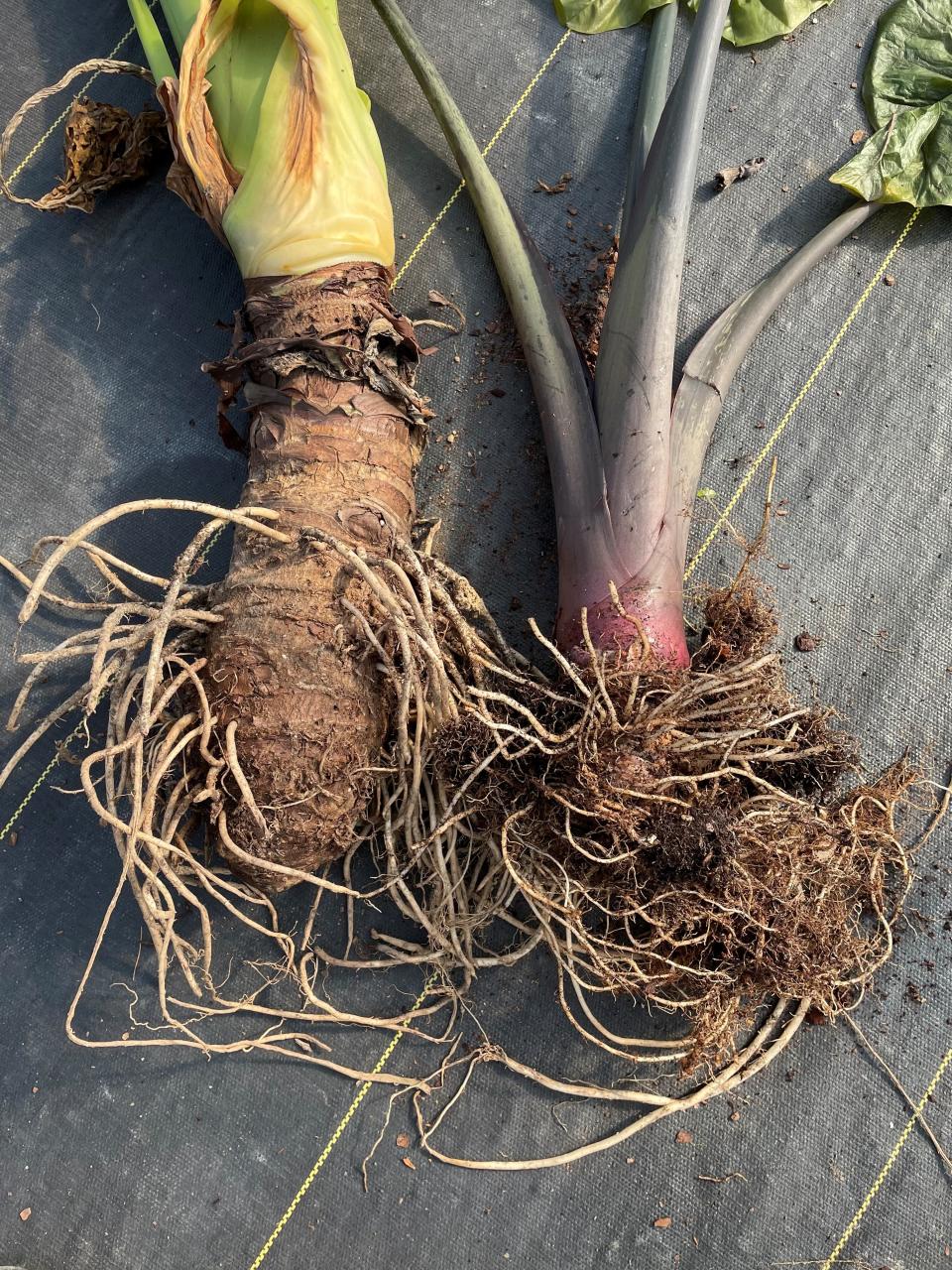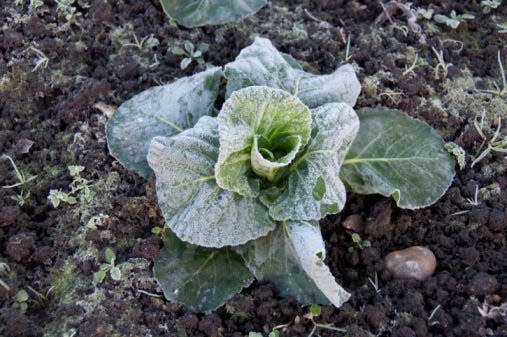Here are 3 ways to overwinter your tropical plants for next summer

Give a bunch of gardeners a plant with white flowers and they’ll all want the pink variant. But give the same group a different plant that naturally has pink flowers and they’ll turn up their collective nose in favor of the white one.
As a group, we’re incorrigible! And when it comes to growing plants from more southerly climes, we’re completely hopeless. Growing plants we have no business trying to grow in the local conditions is an age-old tradition that gardeners have been pushing since back before the hanging gardens of Babylon were, well, hanging.
Dahlias, cannas, and even the imprecisely named “elephant ears” (Colocasia and Alocasia species) all hail from places with winters that are much warmer than we’re used to here in middle America. In fact, these plants, with their siren’s song attractiveness, come from places where their big, thick, and fleshy underground storage organs never experience freezing conditions. For us to have any continuing success with them, we must keep them from freezing through the winter.
To keep what are essentially tropical plants from freezing through our winters, here are three options to consider.
Should I move my tropical plants inside for the winter?

While your old jade plant or little ficus tree might do fine for the winter in a sunny spot in your living room, that’s not the case for all tropicals. Trying to keep giant cannas or a 10-foot-tall ‘Thai Giant’ Colocasia going all winter indoors would likely require you to one, move out, two add a conservatory, and three, hire a full-time gardener. Growing dahlias indoors in winter would be a bit like trying to keep a killer whale as a house pet ― not likely to end well for either.
But these tropicals with big, fleshy storage root structures offer us a great option. Rather than struggling to keep these plants growing all winter, we can rely on those big storage organs to keep the plants alive in storage.
How do I overwinter tropical plants?

Now that the frost has knocked down the top portions of these plants, this is the perfect time to dig the fleshy root systems for winter storage. For most, the best process is to dig them from the soil, knock most of the soil off the roots, trim off the long, stringy roots, and let them sit and surface dry for a few days. After that, place them in a large bucket or barrel of vermiculite, peat moss or some other light and airy medium and place the bucket someplace cool but where the contents won’t freeze, such as the cold corner of a basement or an unheated, attached garage.
In March, you can pot them up and grow them on a windowsill until after the Kentucky Derby or you can just wait and plant them directly in the ground or outdoor pots after fear of last frost.
This winter storage system works perfectly ... some of the time. It takes some trial and error, and sometimes even if you do everything perfectly, some dry out too much or turn to mush. If you aren’t successful the first time ... or the 15th time ... consider yourself in good company. But in many cases, come spring you’ll end up with more than you planted originally.
How to protect outdoor plants from winter chill

For those of us who live in USDA cold hardiness Zone 6 (Louisville, Cincinnati, and St. Louis) and warmer, the soil generally doesn’t freeze very far down from the surface. If most of these frost-tender plants are planted -inches deep, as long as the soil doesn’t freeze down that far, the root systems generally survive to grow new plants the next spring.
But, of course, there’s always that year that catches you by surprise. It is said among gardeners that the best way to predict how cold a winter we’ll have is not by checking the coloration of wooly bear caterpillars, slicing open persimmon seeds, or even counting the berries on a holly tree. The best way to ensure a frigid cold winter, one that causes the ground to freeze down to and well below your overwintering canas, is to leave them in the ground. It seems if you go through all the hassle of digging them up, cleaning them, drying them down, and painstakingly nestling them in the perfect barrel of vermiculite, the winter temps will barely cause a light frost! Go figure.
If you do decide to chance it and leave them in the ground through the winter, improve your chances of success by covering them with a 6-inch-deep insulating layer of compost, mulch, or even a pile of leaves. Just remember to remove the covering in early spring.
And if none of these work for you, do what I do. Hedge your bets and order some new plants for next spring. You can never have too many plants!
Paul Cappiello is the executive director at Yew Dell Botanical Gardens, 6220 Old Lagrange Road, yewdellgardens.org.
This article originally appeared on Louisville Courier Journal: How to overwinter your tropical plants for next summer

